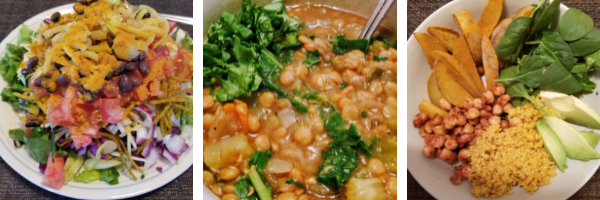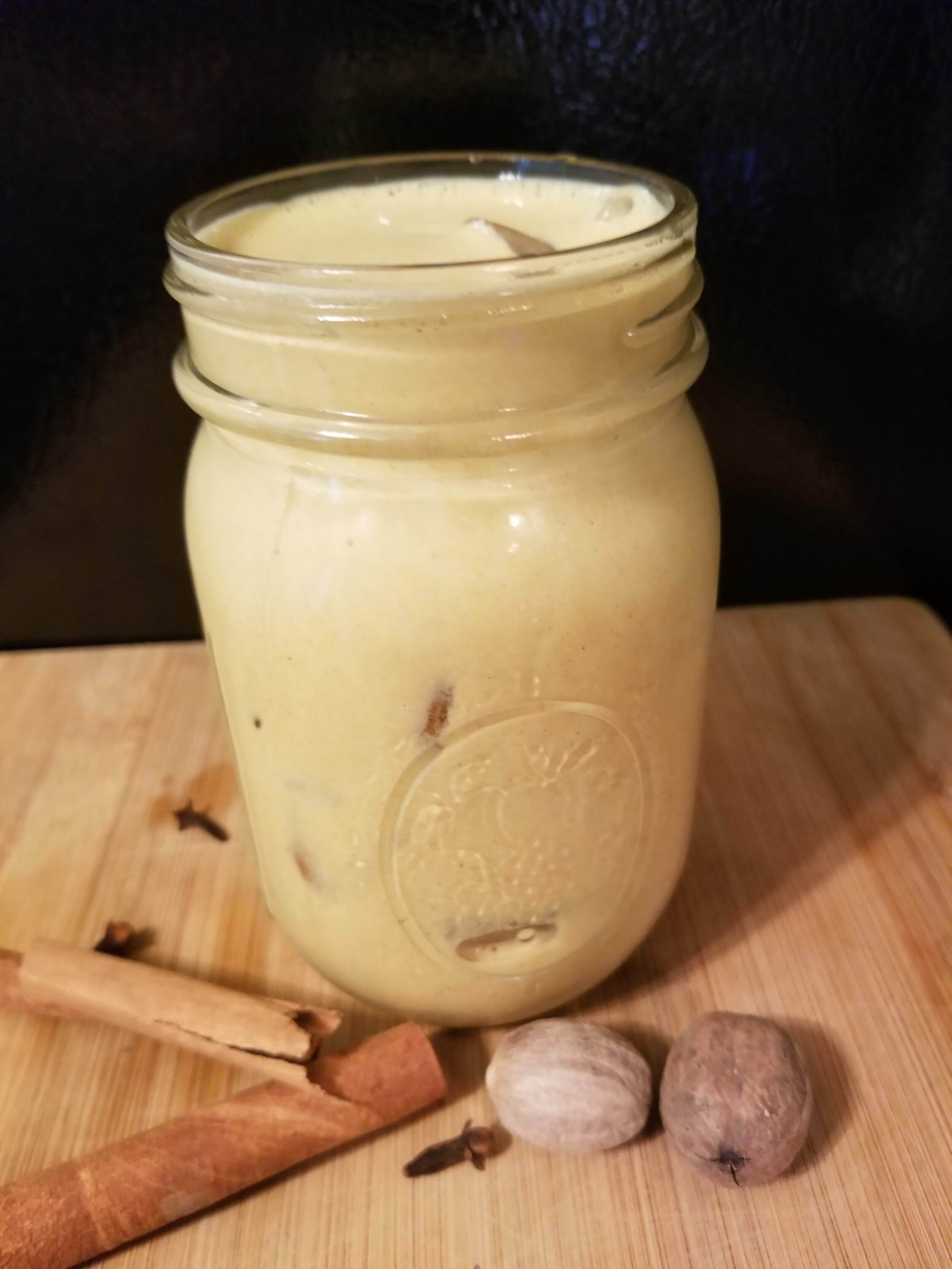Your Monday Challenge:
“If there were ever such a thing as a magic pill, single ingredient, ground turmeric root would probably come closest” - Micheal Greger, MD
There is a good biological reason that we are attracted to the vibrant colors found in the produce section. Deep rich-colored produce, like the blue in blueberries and the purple/red of red cabbage provide extreme benefits to our health when we regularly eat them.
Intense colors and intense flavors can be signs of intense benefits. Turmeric is a spice that is both intense in color and flavor.
There have been over five thousand articles in medical literature about curcumin which is the pigment in turmeric that gives it that bright yellow color. Curcumin has powerful and well-documented anti-inflammatory properties. Studies show that curcumin may play a role in preventing or treating lung disease, brain disease, and a variety of cancers, including multiple myeloma, colon cancer, and pancreatic cancer. Curcumin has also been shown to help speed recovery after surgery and effectively treat rheumatoid arthritis better that the leading drug of choice.
Curcumin has also been shown to have potent binding capacity to the main COVID-19 enzyme. Curcumin acts as a protease inhibitor, preventing the virus from replicating. (https://www.news-medical.net/news/20210416/Curcumin-nanosystems-could-be-powerful-COVID-19-therapeutics.aspx)
So how much turmeric should you consume daily to reap the benefits of this potent spice? The long-term effects of high doses of turmeric are unknown. In India, they consume about a quarter teaspoon of turmeric daily. Be sure to add a bit of pepper when you consume turmeric to boost absorption.
What about supplements? Curcumin is only one of many components in turmeric – there are things in turmeric that just cannot be isolated and made into a pill. Another concern is that the amount of curcumin you are consuming in a pill might be too much and have negative health effects. There is also concern about contamination with toxic metals (arsenic, cadmium, and lead) in curcumin supplements. You could make your own capsules - a “00” size capsule would fit a ¼ teaspoon dose of powdered turmeric.
Is turmeric right for you? If you suffer from gallstones, turmeric may trigger pain because it causes the gallbladder to contract, squeezing out half of its contents. But, for everyone else, studies suggest that curcumin might reduce the risk of gallstone formation in the first place.
If you are prone to certain kinds of kidney stones, you may also want to be cautious of the amount of turmeric you consume.
Turmeric is considered safe during pregnancy, but curcumin supplements might not be. *click here for more info about who shouldn’t consume turmeric
How can you enjoy turmeric? Turmeric is a featured spice in Indian and Moroccan cuisines, but you can add it to most anything.
Cooked turmeric appears to offer better DNA protection while raw turmeric may have greater anti-inflammatory effects. Grate fresh turmeric into whatever you are cooking (especially brown rice, quinoa, lentil soup, and roasted cauliflower) or add powdered turmeric to a smoothie or sprinkle on top of your salad.
Consuming turmeric with soy may offer a double benefit for osteoarthritis sufferers. Scrambled tofu is the classic turmeric-soy combination. (Interested in learning more? Check my upcoming class)
Be careful when using turmeric – it can stain clothing and surfaces. Turmeric may not just make your health golden but your fingertips as well.😉
Iced Creamy Golden Milk
With powerful spices like ginger, cinnamon and turmeric, this refreshing Iced Creamy Golden Milk is a healthy, healing drink.
Your challenge this week is to find ways to add 1/4 teaspoon of turmeric into your diet each day. (only if turmeric is safe for you)
How do you plan to use turmeric this week?
Post in the comments below and let me know.
Be sure to hit the LIKE button 😊




